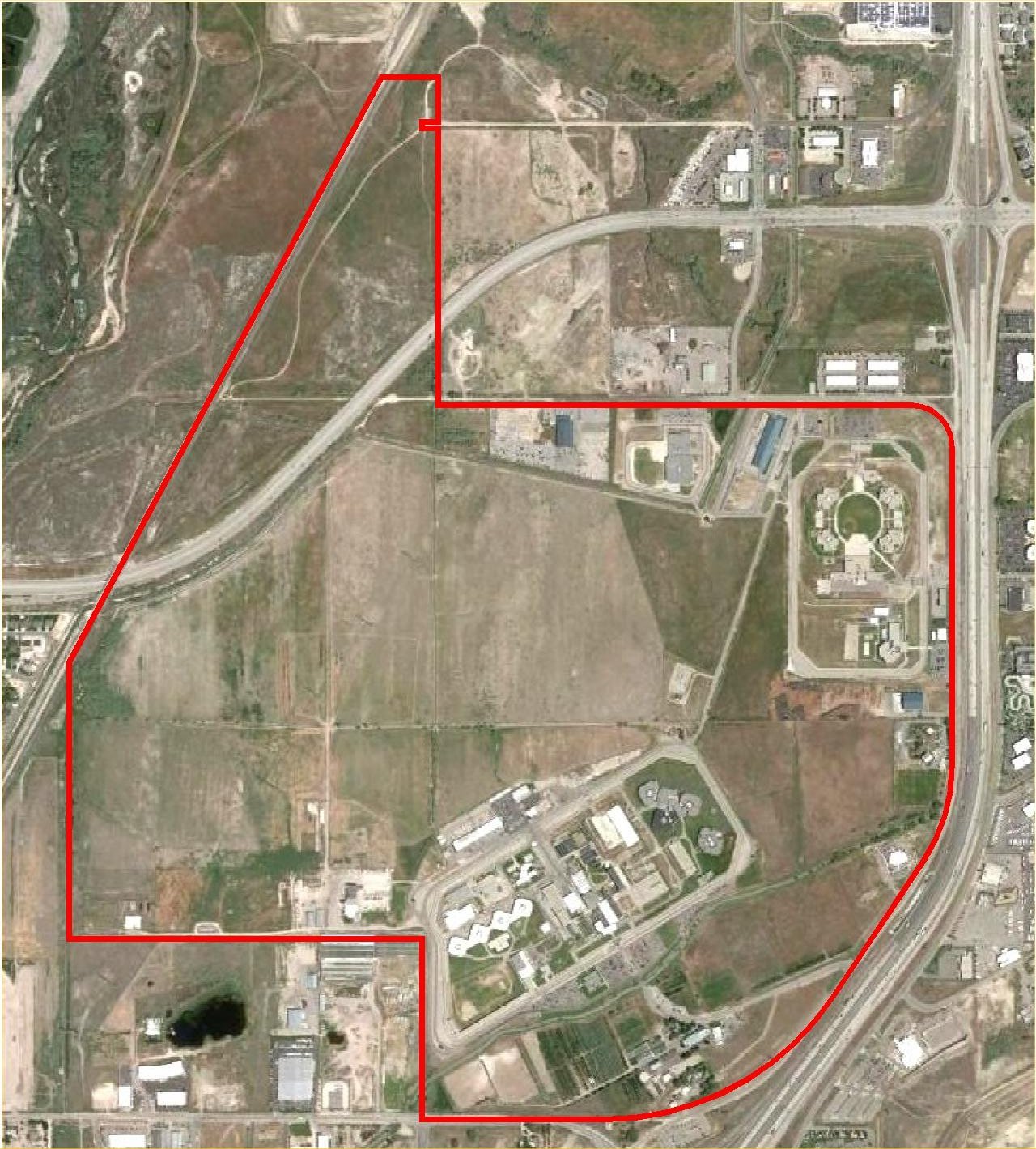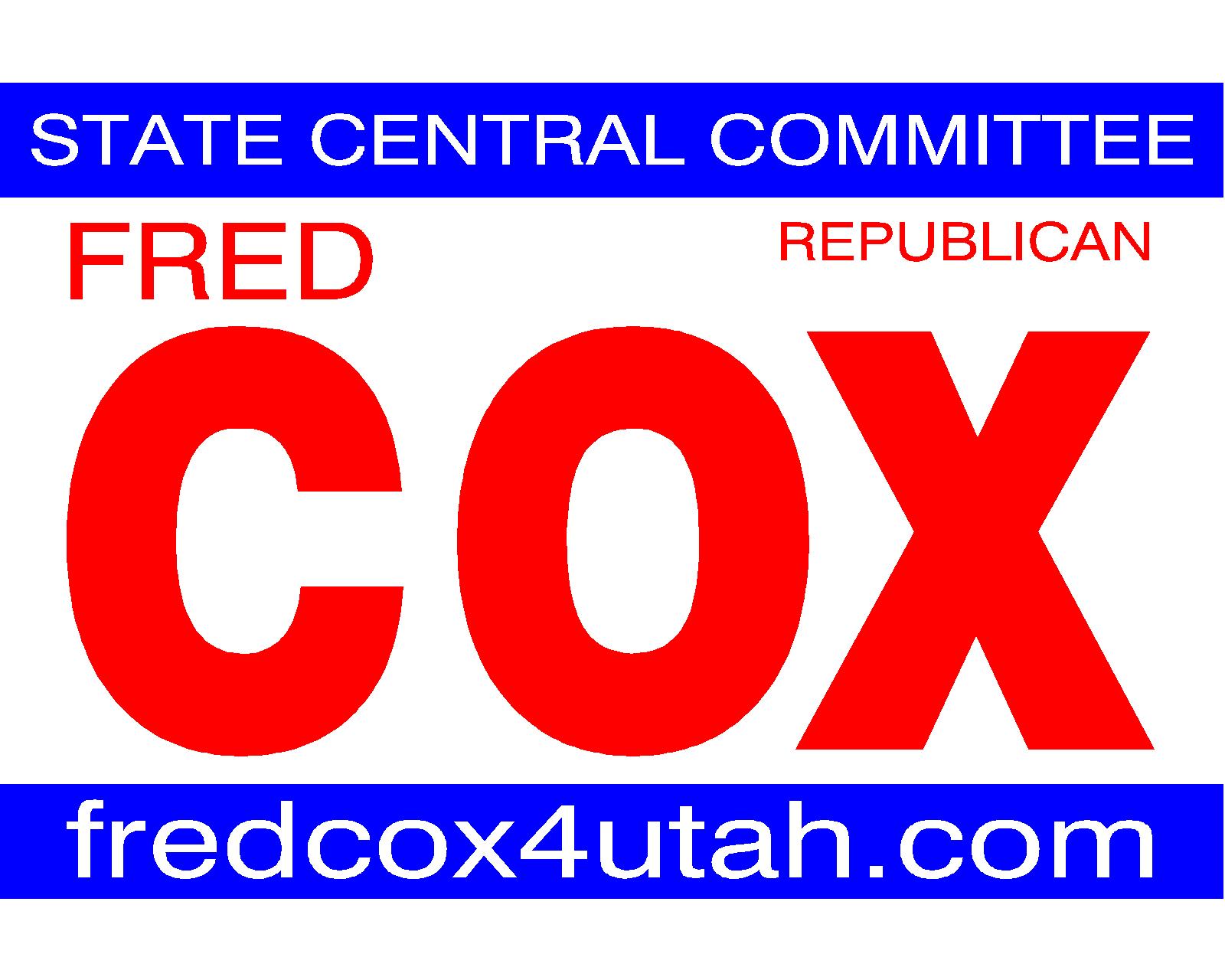Fred C. Cox, a Utah
Voter, Petitioner
Note, a copy of the Petition For Extraordinary Writ was delivered to the Lt. Governor's Election office for Fred C. Cox by James Dabakis on April 3, 2015.
[UPDATE]
The court asked for more information on May 1, 2015.
This has my response and a motion.
SUPPLEMENTAL PLEADINGS IN RESPONSE TO COURT ORDER
DATED MAY 1, 2015
AND MOTION TO ORDER A DELAY TO THE EFFECTIVE DATE OF 2015 HB 454
PENDING THE DECISION OF THE COURT.
Fred C. Cox, a Utah Voter, Petitioner, responds to the Court Order for supplemental pleadings to the following two questions by the Court:.
1. What form of the "copy of the law" must be attached to an application for a referendum petition under Utah Code 5 20A-7-302(2)(d); and, if the term "law" is construed to mean "a bill passed by the Legislature," how does an applicant comply with that requirement if a copy of the enrolled version of the bill is not available within the five-day limit specified by Section 20A-7-302(1)?
2. What standing, if any, do voters have to challenge the denial of referenda petitions or applications for referenda petitions?
SUPPLEMENTAL PLEADINGS
Response to Court Question 1a: The Enrolled version of the bill. Under Utah Article VI Section 25 and Utah Code 36-12-12 the Legislature has the Office of Legislative Research and General Counsel prepare the “final” version of the bill after it has passed both Houses. This enrolled version of the bill is what is presented to the Governor to sign. The Governor has the option to sign the bill, veto the bill, allow the bill to become law without his signature, or provide a line item veto of the bill. This year he did all of those.
Utah Code 36-12-12 tasks the Office of Legislative Research and General Counsel to prepare the enrolled version for hundreds of bills each year leaving enough time for the Governor to receive the enrolled bill and make his decision in 10 days or at least prior to the 20 day deadline after the session found in Utah Article VII Sec. 8. An Enrolled bill is not a law without this process. See again Utah Article VII Sec. 8. According to Legislative Research, some bills are in enrolled form within 5 days after the session but most are within 12 days. They are then sent to the House or Senate, to printing and then to the Governor.
Response to Court Question 1b. While an applicant can attempt to apply for a referendum using a different version than the enrolled version of the bill, only the enrolled version of the bill, that has become a law, prior to its effective date, meets all the requirements of 20A-7-302 and 303 and Article VI, Section 1, (2)(a)(i)(B). One of the tasks the Lt. Governor’s office is given is to evaluate the application, making sure the applicant has the proper forms, disclosures and the correct version of the law. See 20A-7-303 and 304.
Response to Court Question 2a. A Utah voter has Standing under US Constitution Amendment 1, Utah Article VI, Section 1, (1)(b) and more specifically in this case Utah Article VI, Section (2)(a)(i)(B). This Utah Constitutional Section protects the voters’ legislative power to create and veto laws, except as delegated to the House and Senate. Also providing Standing for a Utah Voter regarding the denial of referenda petitions is Utah Code 20A-7-307 (3) (a).
If the lieutenant governor refuses to accept and file any referendum petition, any voter may apply to the supreme court for an extraordinary writ to compel the lieutenant governor to do so within 10 days after the refusal.
Response to Court Question 2b. Providing Standing for a Utah Voter regarding the denial of applications for referenda petitions is again US Constitution Amendment 1, Utah Article VI, Section 1, (1)(b) and more specifically in this case Utah Article VI, Section (2)(a)(i)(B).
“require any law passed by the Legislature, except those laws passed by a two-thirds vote of the members elected to each house of the Legislature, to be submitted to the voters of the State, as provided by statute, before the law may take effect.”
Also providing Standing for a Utah Voter regarding the denial of applications for referenda petitions is Utah Code 20A-7-307 (3) (a). In this case, the application was not allowed by statute after 5 days from the session and therefore it was the policy for the Lt. Governor’s Election Office to instruct interested parties of that deadline, including the applicants and the Petitioner. The Petitioner is a Utah Voter, and also in this last session attempted to amend the bill, which failed, and voted against it twice. There is an additional reason however any Utah Voter has standing regarding the denial of applications for referenda petitions. The applications are part of the process for referenda petitions and a Utah Voter has Standing per Utah Code 20A-7-307 (3) (a). There is not a question that the Lt. Governor’s office was attempting to follow Utah Code. The question for the Court is if the Code follows the State Constitution.
MOTION
Fred C. Cox, a Utah Voter, Petitioner, requests the Court Order before May 12, 2015, a delay to the effective date of 2015 HB 454 pending the decision of the Court, and depending on that decision, include the days that would have been allowed under statute for those applying for a referendum to gather signatures, and have those signatures verified.
If the Motion is granted, the Court Order to delay the effective date, is requested that the notice be sent to both the Respondent and to the Utah Office of Legislative Research and General Counsel arriving no later than May 11, 2015. This delay of the effective date will be required by Utah Article VI, Section (2)(a)(i)(B).
“require any law passed by the Legislature, except those laws passed by a two-thirds vote of the members elected to each house of the Legislature, to be submitted to the voters of the State, as provided by statute, before the law may take effect.”
along with Utah Article VI Section 25 and Utah Code 36-12-12 . If the Court decides grant the Petition for Extraordinary Writ to allow the application for referendum for 2015 HB 454 to be submitted, the law must not take effect during the process of the referendum. Based also on the Order the Court has given the Respondent, they will have 15 days to respond to this Supplemental Pleadings and Motion. That response deadline is not before May 12, 2015.
Fred C. Cox, a Utah Voter, Petitioner May 5, 2015,
Delivered May 6, 2015
[UPDATE 2]
The Lt. Gov/AG submitted a response to the motion part of the previous filing on May 11, 2015.
The Motion back to the Court on that day was as follows.
MOTION TO STAY AND REQUEST FOR EMERGENCY RELIEF FOR AN ORDER TO DELAY THE EFFECTIVE DATE OF 2015 HB 454 PENDING THE DECISION OF THE COURT.
Fred C. Cox, a Utah Voter, Petitioner, responds to the Respondent with the following Motion:.
MOTION TO STAY AND REQUEST FOR EMERGENCY RELIEF
1. The Court is already aware that the Petitioner and the Respondent differ on the Standing of the Petitioner in this case. That was one of the two main questions the Court asked. The Petitioner stands by the argument previously presented that as a voter, in this case, continues to argue he has standing.
2. The Court also asked if the current law was flawed based on the State Constitution. The Petitioner answered the questions. The Respondent, who has not responded directly yet to the first question, still has time to respond, but that will not be soon enough to protect the Petitioner’s rights under Article VI.
3. The Court and the Responder have copies of the Application for a Referendum that was attempted to be filed on March 27, 2015. Those sponsors were repeatedly told that they could not submit the application as was the Petitioner on that date, since the 5 days had passed since the session. Since March 27, 2015. there has been no reason stated by the Respondent as to why the Application was not able to be submitted, other that the statute timeline in question, which the Petitioner believes violates the Utah Constitution and has asked for protection of that right as a Utah Voter.
4. The Court has wide power under the Rules of a Petition of Extraordinary Writ to protect the rights of a Utah Voter.
5. The Rights of the Petitioner, a Utah Voter, according to Article VI include the right veto the law in question because it didn’t received the 2/3rds vote of both houses prior to the Effective Date, which is tomorrow. (Providing there are enough other Utah Voters). There is nothing in the Utah Constitution that says the Law Must have the Effective Date in 60 days, only that it can not be sooner unless the bill received the 2/3rds vote of both houses, and that it is the default of 60 days. The Petitioner belies the Court has the power to delay that date, providing the Respondent more time to answer the Court’s first question in more detail.
6. The Petitioner therefore asks for a MOTION TO STAY AND REQUEST FOR EMERGENCY RELIEF
Fred C. Cox, Dated May 11, 2015
[Update 3]
FRED C. COX, Petitioner,
v
SPENCER J. COX, in his capacity as Lieutenant Governor of the State of Utah, Respondent.
Case No. 20150261-SC
ORDER
This matter is before the Court on a petition for extraordinary relief. The petition pertains to a contemplated referendum for the repeal of HB 454, entitled "Prison Development Amendments," enacted by the Utah Legislature during the 2015 General Session, which ended on March 12,2015. The petition asserts that a group of sponsors prepared a referendum application and that they "attempted to submit their Application on March 27, 2015, but [were] refused and denied that opportunity by the Utah [Lieutenant] Governor's Election Office, based on the [five-day] deadline found in Utah Code, 20A-7-302." The Petitioner has not identified himself as one of the prospective sponsors, and the Court has determined he lacks standing to contest any action or inaction by the Lieutenant Governor with respect to the prospective sponsors' application. Accordingly, the petition is dismissed.
7-17-15
FOR THE COURT
Matthew B. Durrant
Chief Justice
[Update 4]
4 proposed applicant sponsors then filed a similar petition with the court. The court did not rule in their favor. A copy is found at
http://law.justia.com/cases/utah/supreme-court/2015/20150581.html
It did include this:
"A statutory amendment to clarify the manner in which referenda
sponsors may satisfy the statutory requirement to attach a copy of the
“law” might be appropriate, but we leave that to the judgment
of the Legislature."



